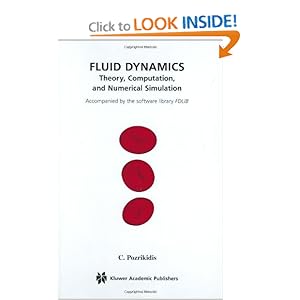Taken from Geochemistry, CHESS and JCHESS: Aquatic
geochemical systems form a complex ensemble of simultaneously
interacting components. They contain elements as divers as chemical
species in solution, mobile and immobile mineral phases, organic and
inorganic components and gases. Geochemicalmodels are used to shed light
on the behaviour of these elements and of aquatic systems in general.
They are applied to a wide range of problems in the laboratory
(interpretation of batch- and column experiments) and in the field
(water quality, contaminant fate, waste containment, acid mine drainage,
hydrothermal systems, ore deposits, petroleum reservoirs, etc.). They
are used to address environmental problems such as the solubility of
contaminants, their reactivity with respect to a soil or rock matrix and
their ability to complex with other aqueous species. But aquatic
chemistry modelling also helps in understanding other, less rocky (in
geological sense) systems such as the human body : the chemistry of
blood (radiotoxology), drinking water purification plants and electric
power stations (chemical corrosion) are just a few examples.
Contents:
- 1 Introduction
- Geochemistry, CHESS and JCHESS
- Essential notions
- About this guide
- 2 A walk through Speciation Mode
- Main solution
- Solids
- Reactions
- Sorption
- Database
- Output
- Piper
- JPlot
- 3 A walk through DiagramMode
- Water reduction and oxidizing
- Pourbaix diagrams
- Adding more generality
- Improvement of graphical aspects of the diagram
- 4 Getting started
- Running your first example
- Quartz in pure water
- 5 Carrying on
- Solubility of ferric iron
- Precipitation and dissolution
- Redox disequilibrium
- 6 Sorption and ion exchange
- Surface complexation
- Cation exchange
- The Kd approach
- 7 Reaction paths
- Titration and speciation diagrams
- Polythermal reaction paths
- Flushing
- Mixing of two solutions
- 8 Kinetics of dissolution and precipitation
- Kinetic laws
- Calcite dissolution
- Plagioclase albitization
- Temperature dependence
- Catalyzing and inhibiting effects
- A Thermodynamic databases
- Available databases
- The CHESS database format
- Comments and references
- Bibliography
DOWNLOAD /READ ONLINE



























